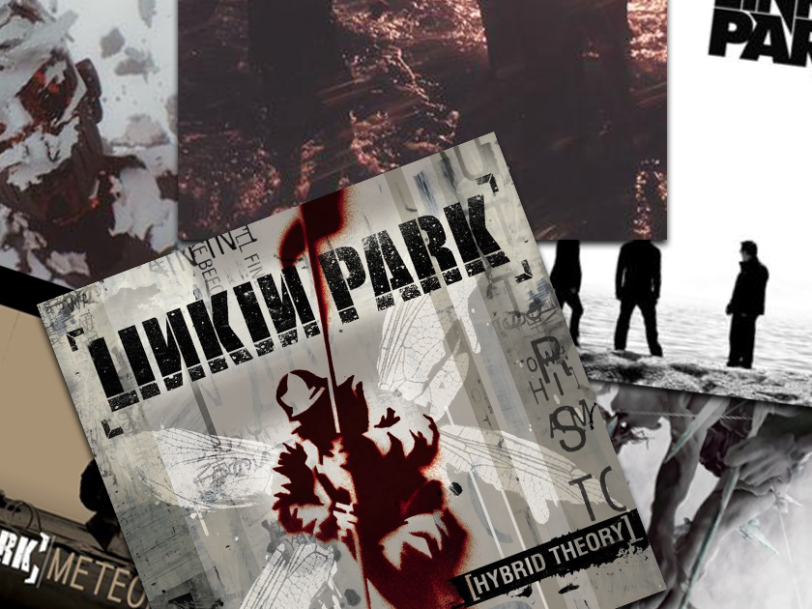A mainstay in the rock and alternative music scene for over two decades, Linkin Park are widely considered to be one of the most successful bands of all time. From their debut album, Hybrid Theory, to their final release, One More Light, the best Linkin Park albums trace the development of a group that emerged during the birth pangs of nu metal before coming of age and producing some of the most innovative and fearlessly experimental music in rock history.
Tragically, the death of their frontman, Chester Bennington, in 2017 put the group’s continued evolution on ice; however, Linkin Park’s discography has undoubtedly secured the group’s standing among the best musicians of the 2000s, remaining hugely popular with both alternative and mainstream audiences. Prepare to discover somewhere you belong, as we count down the best Linkin Park albums – their entire studio discography, ranked and reviewed…




